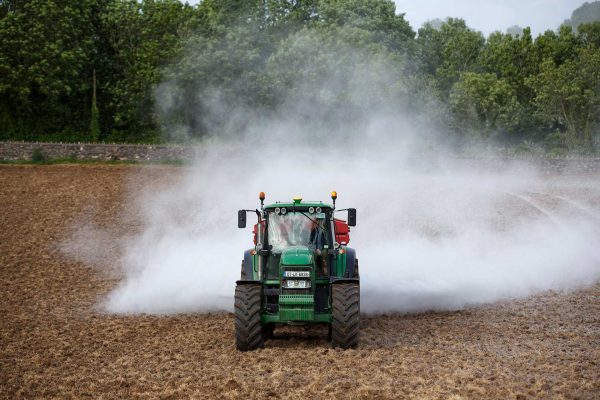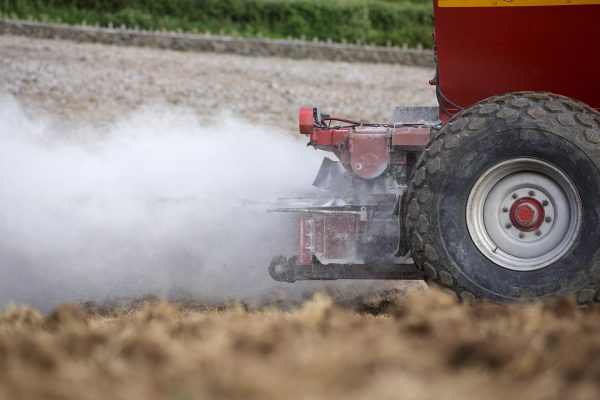The greatest value of soil testing is seen when it is used to formulate a timely, accurate, cost-effective and environmentally responsible fertiliser application plan. The right application of nutrients at the right time is crucial to producing efficient forage crops that provide the foundation of sustainable farming.
“Having a fertiliser plan in line with your forage requirements and reseeding plans is vital for seeing the greatest returns,” says Germinal Technical Director, Dr Mary McEvoy.
Following on from our previous two articles, Improve soil health by measuring what’s below the ground and Prepare for 2023 with good soil fertility, we examine how soil testing can prevent unnecessary expenses.
Effective fertiliser application plans
By establishing what your soil needs, be it applied fertiliser or on-farm slurry and manure, a comprehensive plan allows you to target applications on a field-by-field basis, prioritising areas of greatest need.
“When you’re investing in high-quality grass and forage seed, preparing the ground to give it the best start in life will give you greater long-term rewards,” says Mary.

Accurate pH and nutrient levels
Soil testing gives you an accurate picture of your soil’s health from which a targeted plan for nitrogen (N), phosphorus (P), potassium (K) and magnesium (Mg) can be built. It also shows you how successful past applications have been.
Previous fertiliser applications may not have been as good as you hoped. This can be due to several factors such as soil type, weather conditions being too windy or wet, a low-quality product or application error.
“Above all, a low soil pH has a huge effect on nutrient uptake,” says Mary. “Soil testing will show you if it needs correcting – and if it does, it’s worth prioritising.”
Soil maintained at pH 6.2 or above (pH 5.5 on peaty soils) shows increased grass yields, greater resilience in beneficial species such as clover or perennial ryegrass and allows more efficient uptake of fertilisers and manures.

Timely decisions
Having a fertiliser application plan based on your soil test results gives you the ability to plan ahead and buy fertiliser when the time is right. With the market volatility seen over the past year, being able to make this choice can make a significant financial difference.
“With the price of fertiliser now forming a significant proportion of production costs, getting your fertiliser plan right has a large influence on farm productivity and profitability,” says Mary.
Applying the correct amount and type of fertiliser in the right field brings improved yield performance, financial savings and environmental gains. Taking the time now to develop a tailored plan from your latest soil test results will help set you up for a productive and profitable year ahead.
Ask an expert about soil health
